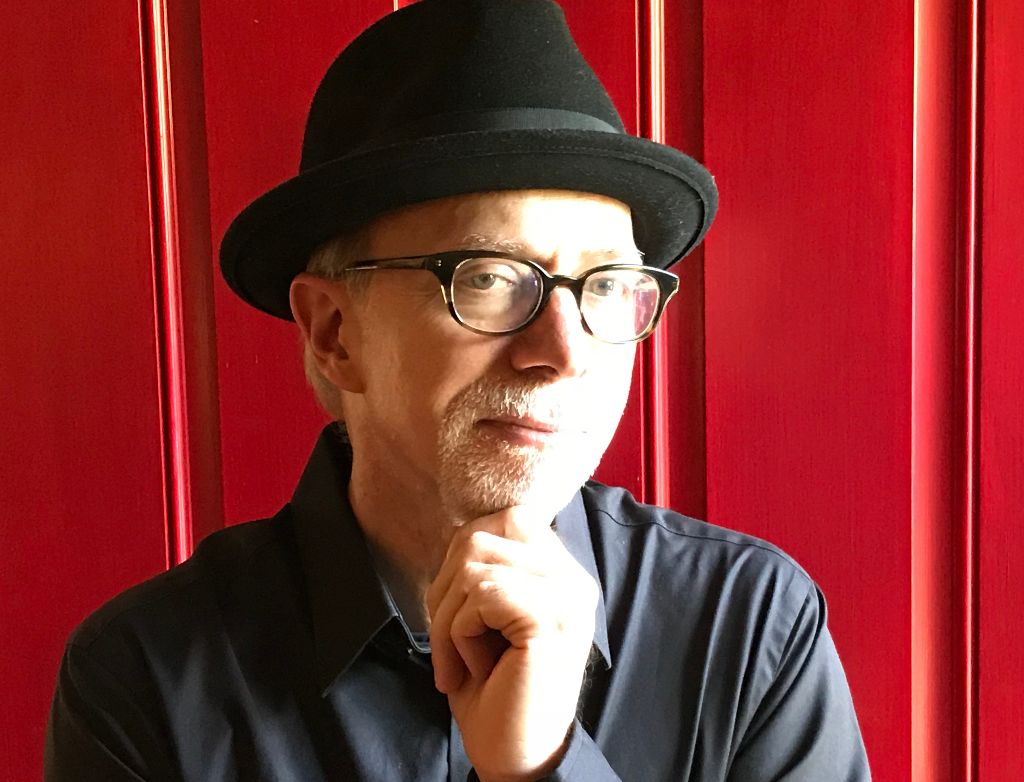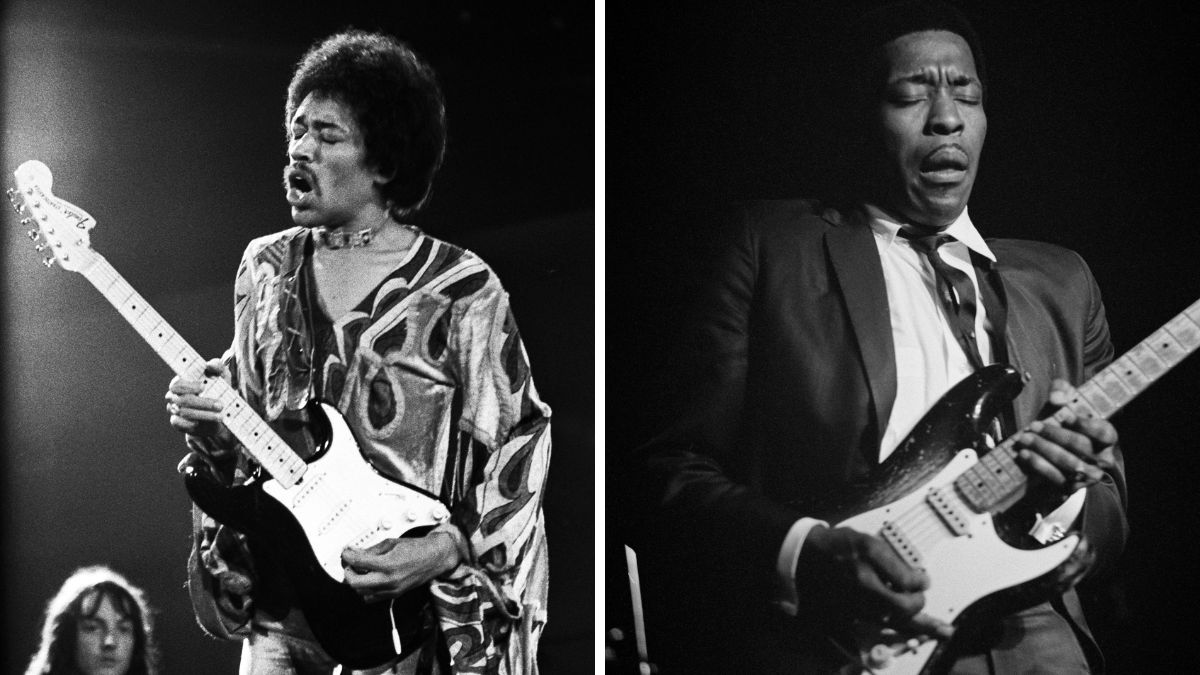“I didn’t know their tunes, but we played some Chuck Berry and reggae, then Paul McCartney said, ‘What are you doing for the next few years?’” How Laurence Juber went from winning a Grammy with Wings to landing a hit record with Harry Styles
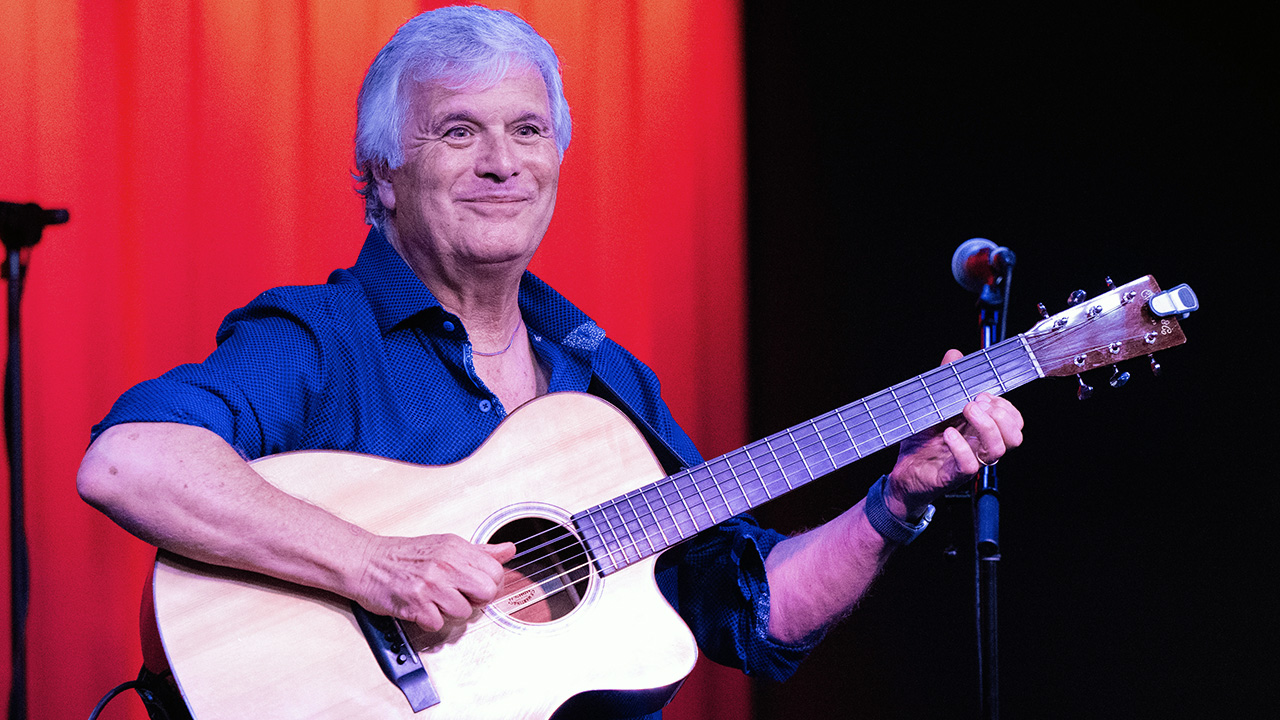
The Beatles’ I Want to Hold Your Hand was released in the United Kingdom in November 1963. That same week, Laurence Juber started playing guitar. A little divine providence might be in evidence, given that he’d later join Paul McCartney in post-Beatles band Wings.
But as Juber points out, he’d been trying to get a guitar for some time. “My dad wanted me to play saxophone because he was a big band fan. I signed up for clarinet in school – but I put my name at the bottom of the list to make sure they ran out of instruments before they got to me!
“I’d been following the Beatles since the summer, when She Loves You came out. When they did the Royal Command performance that seemed to give the guitar a certain gravitas. It was no longer a hooligan instrument. So I got a guitar as a birthday present; I never put it down.”
By the mid ’70s Juber had become one of London’s top session guitarists, and he’d have happily continued had McCartney not intervened in 1978, inviting him to join Wings. “Even though I’d spent the last decade working my way up in the studio circles, this was Paul McCartney,” he says. “There's no comparison. I couldn't turn it down.”
Along with fellow newbie, drummer Steve Holley, he joined Paul and Linda McCartney and Denny Laine to record Back to the Egg. He took part in what would be the band’s final tour cross the UK in 1979. Wings disbanded in 1981 and he moved to New York City before settling in Los Angeles.
There he resumed his career as a session guitarist for Belinda Carlisle, Eric Carmen, Al Stewart and many others, while also working on TV and movie music. Starting with 1982’s Standard Time, he’s released a steady stream of acclaimed solo albums, many of which showcase his mastery of fingerstyle acoustic playing.
He’s recorded five Beatles and Wings collections over the years; and now there’s a sixth, A Day in My Life, on which he reimagines a dozen Fab Four classics on solo acoustic. “It’s almost like you’re working with puzzle pieces, but there’s no limit to how you can arrange them,” he says. “It’s a matter of finding the nexus of the guitar side, the musical side and the fan side.”
All the latest guitar news, interviews, lessons, reviews, deals and more, direct to your inbox!
The album was tracked in a single day, on one Martin guitar, at Abbey Road’s hallowed Studio Two, where the Beatles created much of their catalog. It’s also where Juber received the Wings call. “Beyond the emotional attachment, there’s such mojo to the place,” he says.
“It’s got a sound and vibe like no other room. And you can’t beat the microphones. I was looking at a pair of Neumann KM54s that were used on Beatles records, and I played into them. Pretty incredible.”
You’ve distinguished yourself as a great acoustic fingerstyle player, but originally, you wanted to be a blues rock lead guitar player.
“And specifically a studio musician. That became my ambition at the age of 13; I needed to establish myself as a versatile guitarist. I took some classical guitar lessons in high school and studied music at university.
George Martin was the first record producer I worked for – it was all downhill from there!
“I was equally enamored of Eric Clapton, Jimi Hendrix, Jeff Beck and Jimmy Page, but also folk baroque players John Renbourn and Bert Jansch, as well as guitarists like Stefan Grossman and John Fahey. I practiced Bach lute suites and Clapton’s parts on Hideaway from the Beano album. Whatever I could get from slowing down records and figuring them out.
“When I took ear training exams in college, I always managed to scrape through, but in reality I had bandstand ears. I didn't have perfect-pitch ears that the keyboard players had, but I got by.”
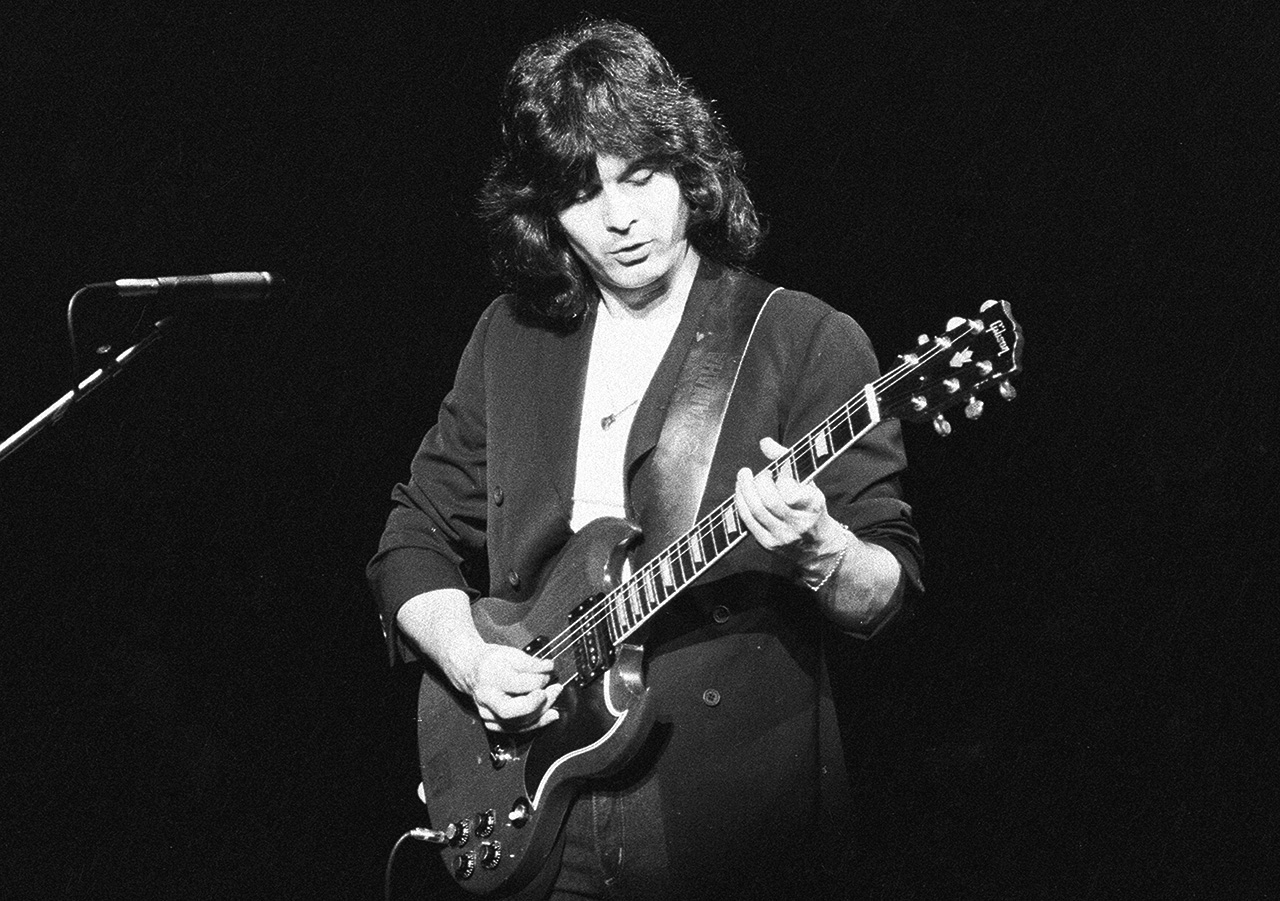
How did you go about breaking into the London session scene?
“I understood that one way in was through the National Youth Jazz Orchestra. I played with the orchestra all through college; I made it my business to become indispensable. We did a BBC TV concert, and the next day I got a call from a contractor to do some studio work in London.”
Was it a very competitive scene?
“I was really in kind of the post-scene. By the time I got in around 1974-75, I was working with musicians who’d been on records since the mid ’60s. Conversely, when I got into studio work in L.A. in the ’80s, it was very different from the older scene with the Wrecking Crew.
“A lot of producers in my time in London were working with classic singers. The first album I played on was for the jazz singer Cleo Laine, with George Martin. He was the first record producer I worked for – it was all downhill from there!”
Did George Martin have anything to do with you getting in Wings?
“Not at all. I was in the house band on a TV show with David Essex, a big pop star at the time. Denny Laine was a guest on the show; he liked my playing and recommended me to Paul and Linda – but it didn’t happen overnight.
“About six months later I was doing a session in Abbey Road when I got a call inviting me to jam with Denny. ‘Oh, by the way, Paul and Linda will be there!’ I went into the audition not really knowing any Wings tunes, but we played some Chuck Berry and some reggae grooves, then Paul said, ‘What are you doing for the next few years?’ Wings wasn’t just a gig; it was an education.
“I learned how to make records from the production side. I learned what it meant to be an artist. All the things you had to do as a studio musician were vastly different from being the artist cutting the records. Instead of doing three tunes in one three-hour session, we'd spend a day on one tune – sometimes longer.
George Harrison was very happy to talk about Beatles stuff. He felt like an observer of it himself
“I spent a lot of time working with Paul on Back to the Egg, but also with the co-producer, Chris Thomas, who’s one of those unsung heroes of the British rock record-production scene.”
How much space did he give you to be your own man on the guitar?
“A fair amount; very rarely did he tell me what to play. When we were doing the solo on Spin It On – kind of a punk rockabilly thing – I sat in the control room next to Paul, eyeball to eyeball, and him bringing stuff out of me that I didn't know I could do. That was like, ‘Okay, this is where the transcendence happens; where you can create something new.’
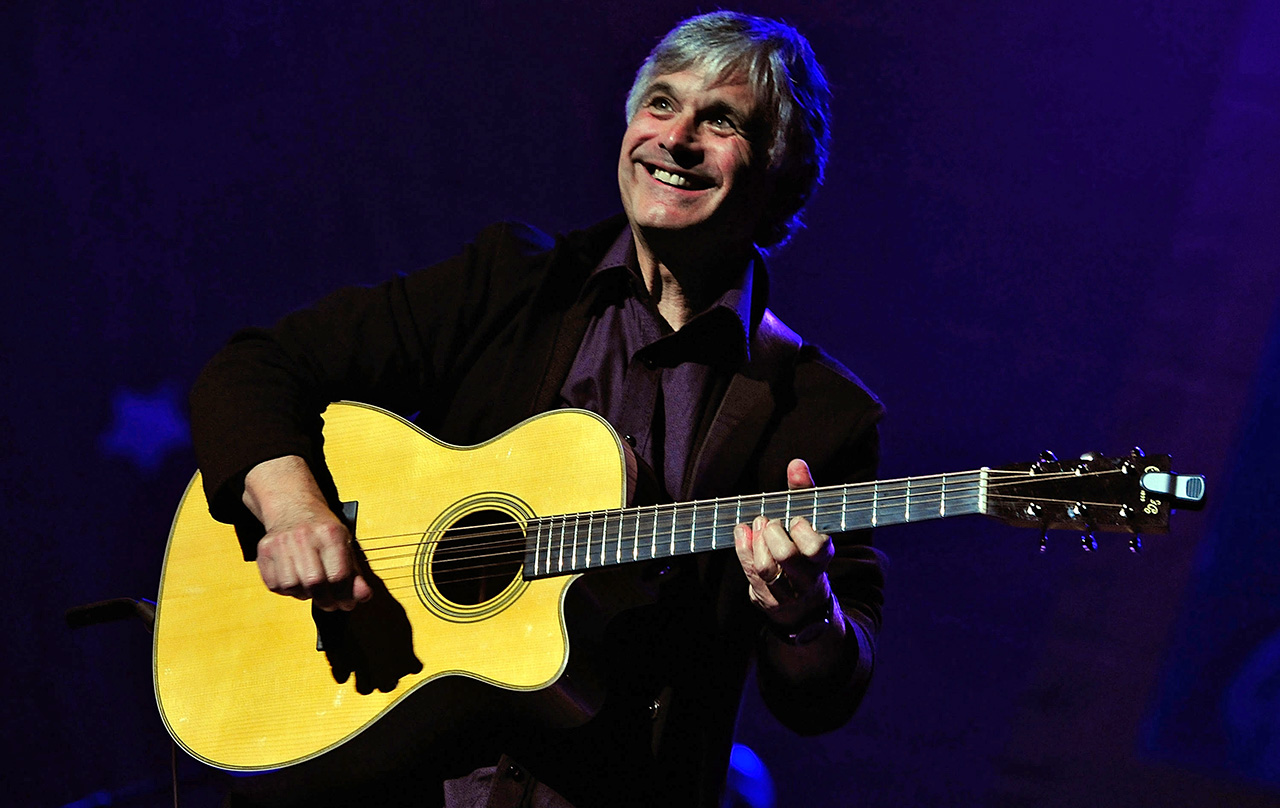
“It was an important part of the experience to get into that artistic space, having the time to really tweak guitar sounds and parts. It’s what you do when you’re in a band versus being a studio musician. Paul was very insistent that we thought of ourselves as a band. It’s where that extra space to be creative came from.”
When you’re in a band with Paul McCartney, how do you not pepper him with Beatles questions all day long?
“Once in a while Paul would say, ‘Well, in my old band…’ I think that’s how it works with any artist of stature – you don’t want to be too pushy about stuff like that. Although when I worked with George Harrison on the soundtrack to Shanghai Surprise, he was very happy to talk about Beatles stuff.
“He felt like he was kind of an observer of it himself, because Paul and John were the upfront guys, and he was a step behind. And yet George became one of the most successful songwriters in the band. The only Beatles song in the Spotify Billion Stream Club is Here Comes the Sun.”
Back to the Egg featured Rockestra Theme – it must have been a heady session with all those guitar greats in one room.
“Pete Townshend, David Gilmour, Denny Laine, Hank Marvin and myself; Jimmy Page’s amp was there, but he never showed up. We had three drummers – John Bonham, Kenney Jones and Steve Holley – Steve being the Wings drummer at the time. There were three bass players.
“It was a remarkable session, and we won the first Rock Instrumental Grammy. They never told us we’d won it until this little box arrived in the mail. The Grammy ceremony was not long after the Japan thing [when McCartney was arrested for carrying drugs], so everybody was a bit distracted and forgot to tell us we’d won a Grammy. Another important lesson I learned from Paul is to never smuggle cannabis into Japan!”
How did Paul tell you he was disbanding Wings?
“I went with Paul and Linda to France in July 1980 to work with Ringo on his Stop and Smell the Roses album. We’d been rehearsing the material for the Tug of War album; George Martin came in and said, ‘This doesn’t need to be a Wings album. Let’s make this a Paul McCartney album.’
Harry Styles is a Wings fan… a lot of artists of his generation are specifically fans of Back to the Egg
“Even then, it wasn’t the entire end of the band – we were still in the studio in January of ’81. But I’d seen the writing on the wall, and I was making plans to move to New York. In the history of Wings, no incarnation of the band had lasted more than three years. I didn’t expect it was going to go on forever.”
After some time in New York you moved to Los Angeles. Was the West Coast studio scene different from what you experienced in London?
“Not radically – but the cartage was better in LA! You’d take as many guitars as you thought you might need to a session. We all had refrigerator-size racks and multiple amps; it was the way of the world at that point. In the course of time it's condensed back down. Now I’ll go to a session with a pedalboard, three or four guitars and a small amp, pretty much like I did back in the ’70s.”
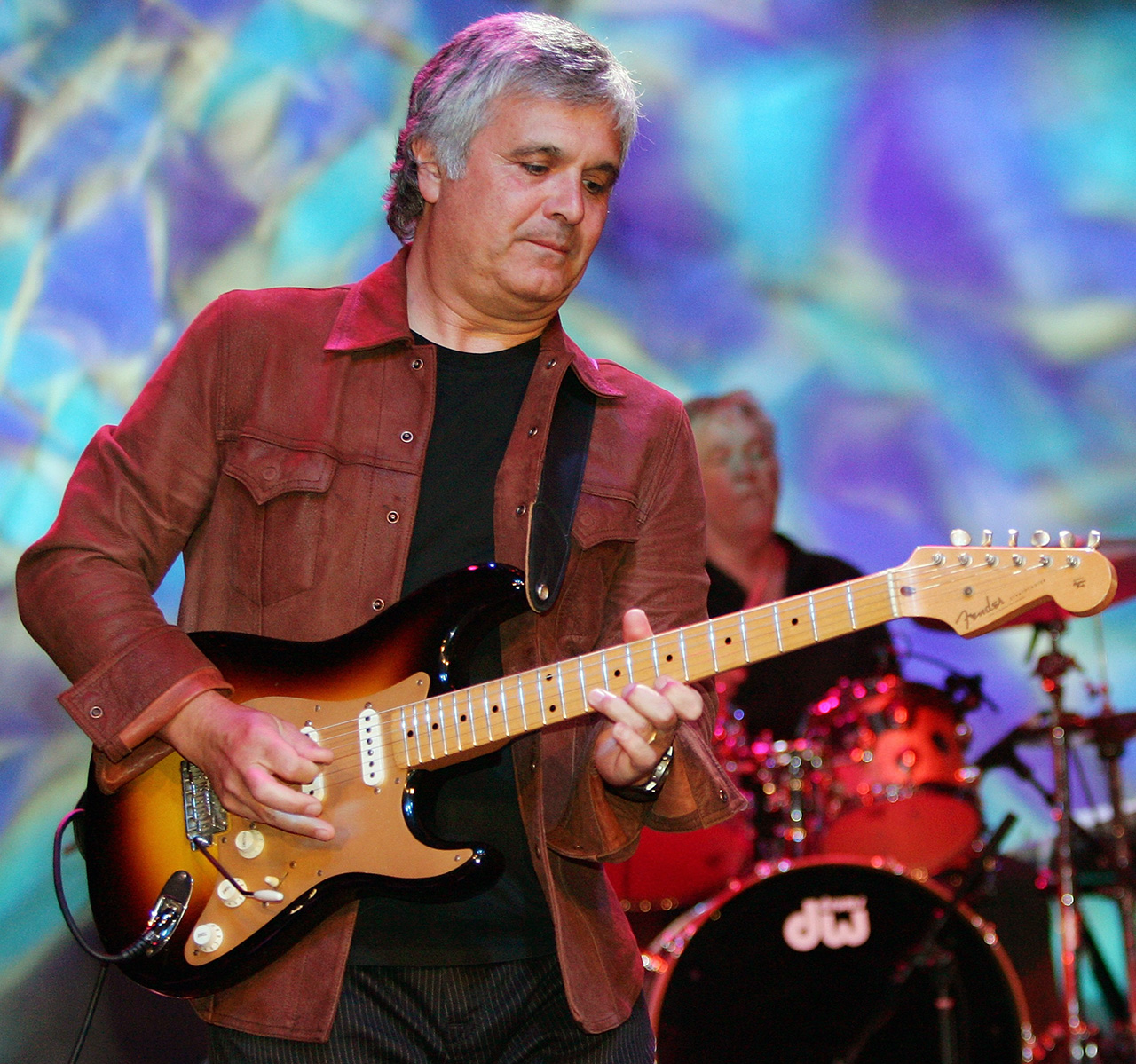
Which model of Martin guitar did you used on A Day in My Life?
“It’s a 000 body size but with a long scale length – 25.4 inches, which is a little less than a Taylor but more than a Gibson. It has a Cuban mahogany body which didn't come from Cuba; I think it’s from a storm-felled tree in Florida.
“It’s a species of mahogany that has more dimension to it than Honduras mahogany to my ears. It almost has some of the gravitas of Brazilian rosewood, but there’s still the warmth of mahogany.
“And it has a moon spruce top and a titanium truss rod. It’s a very comfortable and useful guitar. I’m didn’t turne to 440; I tuned to 432 – I do periodically depending on the circumstances. There’s some thought that it’s more natural. We’re getting into kind of voodoo stuff! Hendrix didn’t tune to 440 either.”
Why did you change the key of Blackbird from the original?
“Paul does it in G – he got the idea from Bach’s Bourrée in E minor, which he and George Harrison had learned. It turns out that Chet Atkins had recorded it and George heard it. I think it’s pretty clear that it’s Bach-Beatles via Atkins.
“Paul plays it as an accompaniment. He’s still singing the song in G in standard tuning. I couldn’t find a satisfying way of incorporating the melody, whereas doing it in DGAD, I could hint at the harmonic motion but still ground it in the melody and move everything around.”
You recently played one of Harry Styles’ hit singles, Treat People with Kindness, co-written by your daughter, Ilsey. It helps to have friends in high places, huh?
“It does! She’s a successful songwriter. I very rarely play on anything she’s written, but I got a phone call one lunchtime saying, ‘What are you doing this afternoon, Dad? We can use you in the studio.’ So I trotted off, armed with a Stratocaster and a little Fender amp.
“As it turns out Harry Styles is a Wings fan. In fact, I found that a lot of artists of his generation are specifically fans of Back to the Egg. It’s a shame Paul is not so much a fan of it. I think he’s kind of neglected the late Wings era. But the fans love it, and those tunes are fun to play.
“The session for Harry was a lot of fun – especially the fact that it became a hit record. It was the first Number 1 album I played on in about 25 years!”
- A Day In My Life is on sale now.
Joe is a freelance journalist who has, over the past few decades, interviewed hundreds of guitarists for Guitar World, Guitar Player, MusicRadar and Classic Rock. He is also a former editor of Guitar World, contributing writer for Guitar Aficionado and VP of A&R for Island Records. He’s an enthusiastic guitarist, but he’s nowhere near the likes of the people he interviews. Surprisingly, his skills are more suited to the drums. If you need a drummer for your Beatles tribute band, look him up.
You must confirm your public display name before commenting
Please logout and then login again, you will then be prompted to enter your display name.



